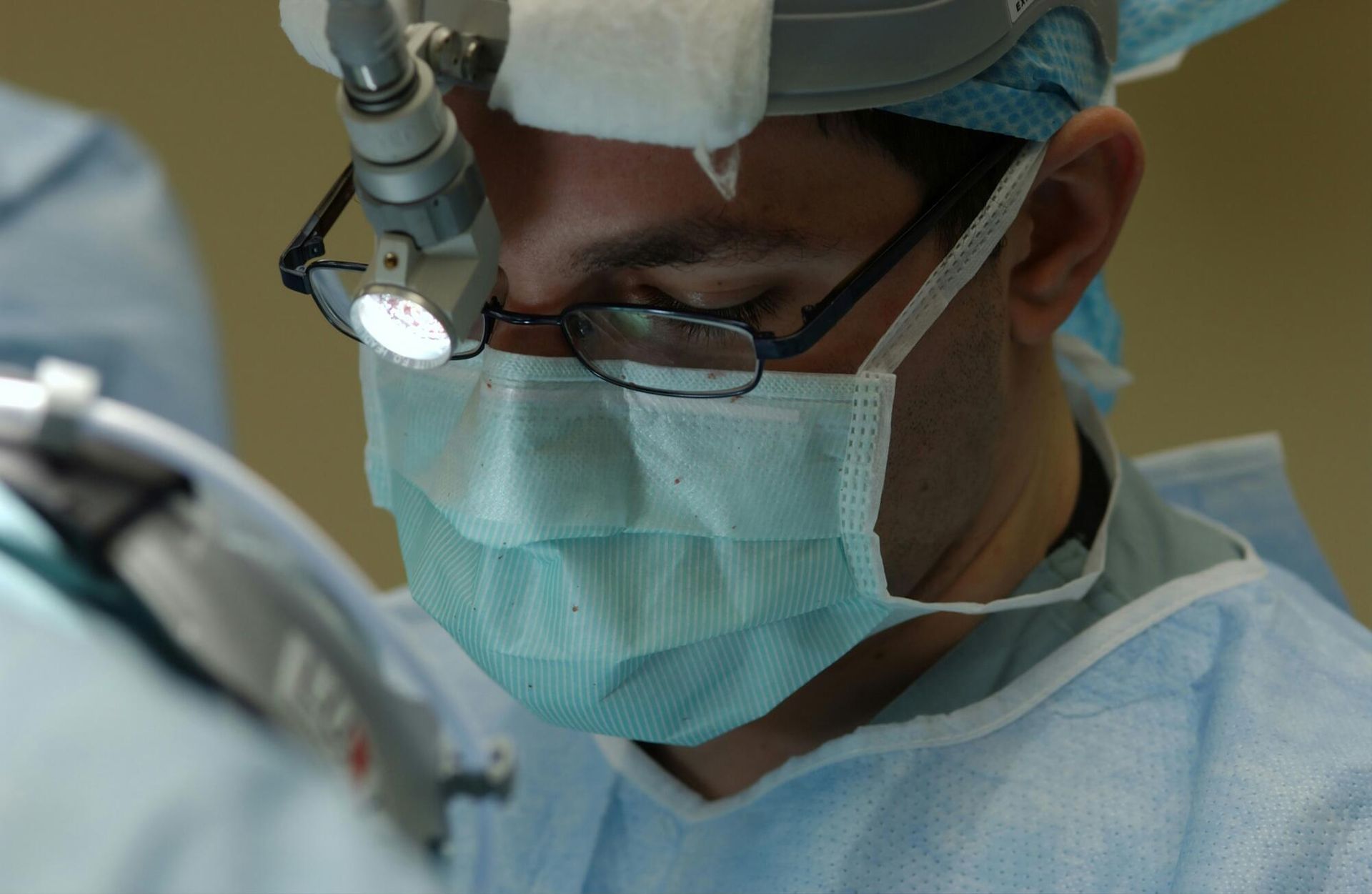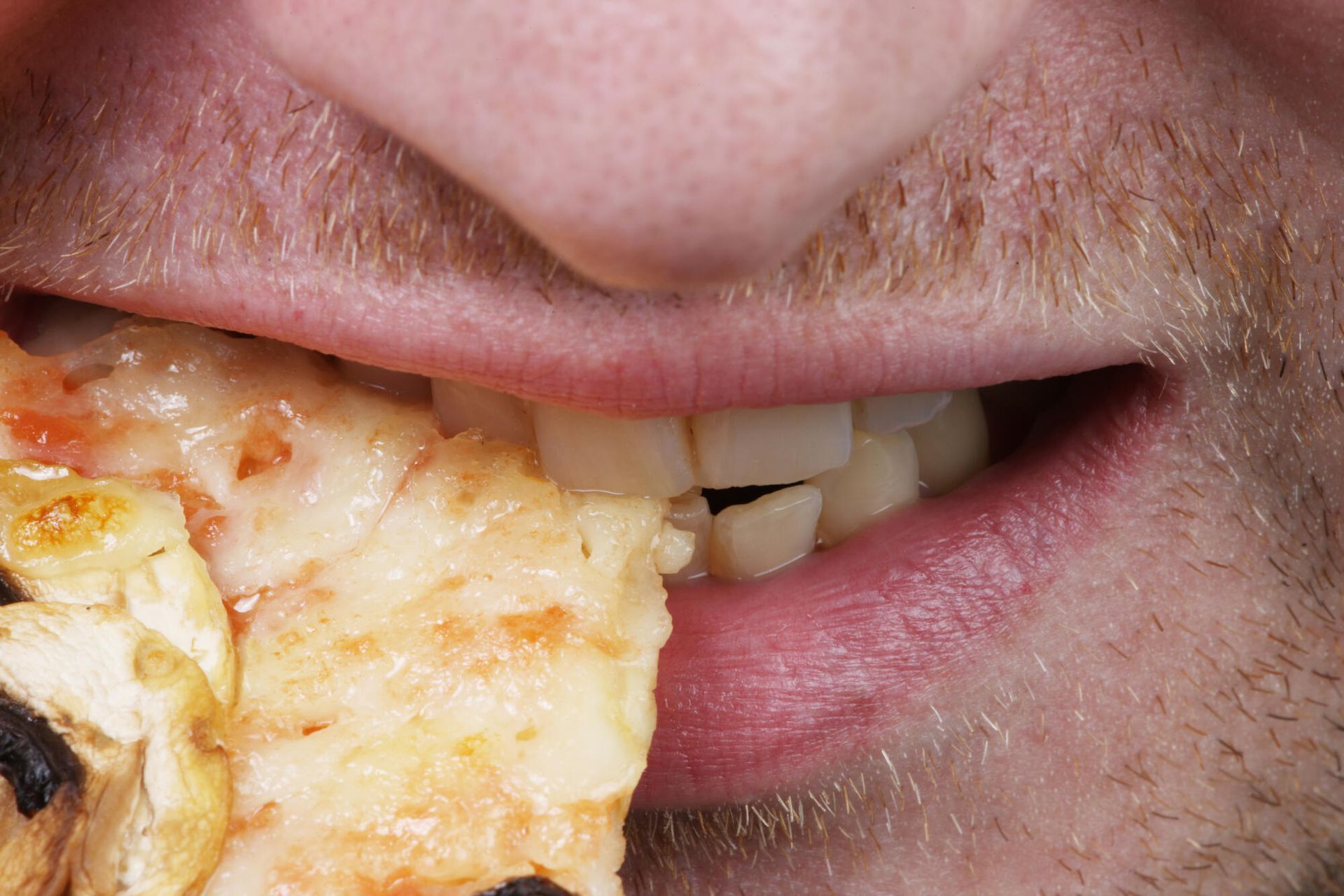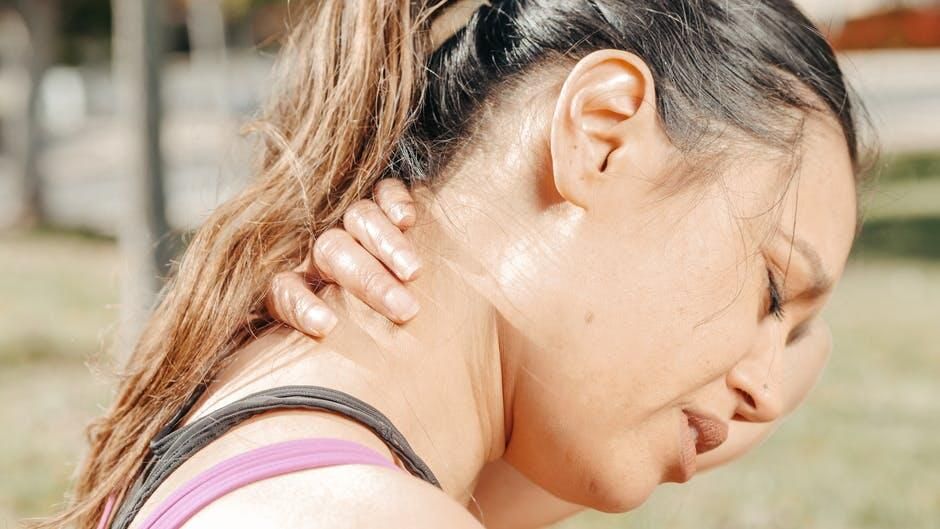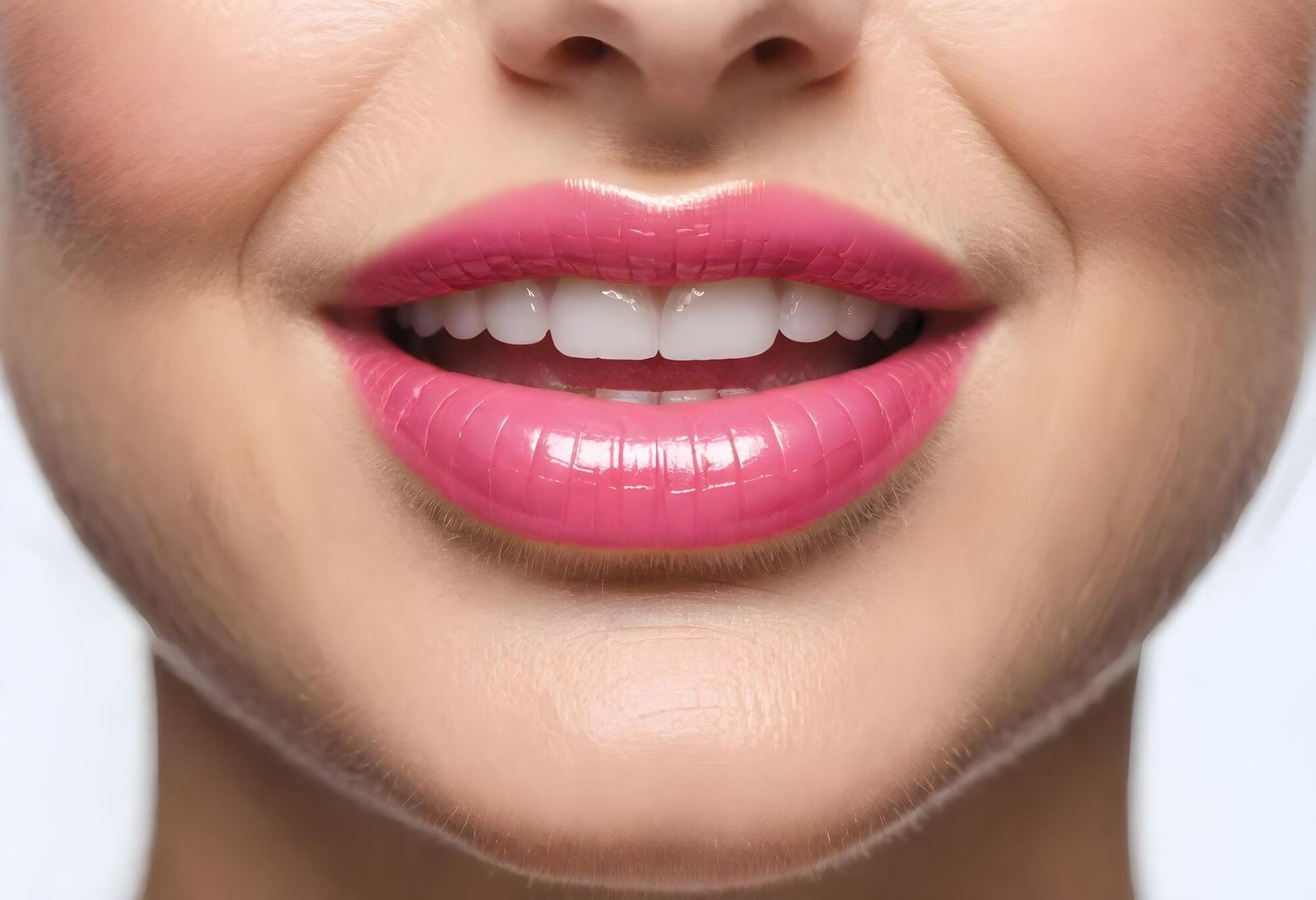TMD vs TMJ: The Different Signs, Symptoms, and Treatment Options
When distinguishing TMD vs TMJ, what's the difference? We're explaining the unique signs, symptoms, and treatment methods for each here.

Did you know that as many as ten million Americans suffer from TMJ disorders? And yet, many people don't fully understand what they are. If you've ever heard the initials "TMJ" or "TMD" from your dentist but aren't sure what they mean, you've come to the right place.
We'll explain the difference between TMJ and TMD to you, as well as TMJ signs to look out for. We'll even explain some common treatment methods for TMJ disorders.
By the end of this article, you'll know exactly how to explain the differences between TMJ and TMD to another person.
TMJ vs TMD
Many places online tend to use the terms "TMD" and "TMJ" interchangeably. This can lead people to assume TMD and TMJ are the same thing.
This assumption is wrong and harmful, as it can cause confusion when trying to get treatment. Here are the differences between TMJ and TMD to clear up that confusion.
What Is TMJ?
TMJ is short for the temporomandibular joint. This is the joint that connects your lower jaw to your skull. There are two of these in the human body, which can be felt on both sides of a person's head, just in front of their ears.
It is crucial that you look out for your temporomandibular joint, in order to keep it healthy. A healthy TMJ means a full range of motion in that joint, which allows you to speak and eat without issue.
What Is TMD?
A TMD is simply a disorder that occurs related to the TMJ. People use TMD or TMJD to clarify between the joint itself and the disorder.
There are more than thirty types of TMDs, all of which can cause pain and loss of function in the joint connecting the mandible and skull.
However, a TMD can be identified by three main classes: disorders of the muscle around the TMJ (used for chewing), disorders of the joint itself, and headaches associated with a TMD.
Symptoms of TMD
TMJ disorders can be caused by injury to the jaw joint, damage to the cartilage of the jaw, or if the jaw wears down or moves out of its proper alignment. Apart from these, the exact cause of a TMJ disorder is unclear.
Symptoms of a TMJ disorder vary depending on the severity and specific condition that occurs.
The most common symptom of TMD is jaw pain, as well as pain in the surrounding muscles.
Other common symptoms include stiffness in the muscles of the jaw, limited movement or locking of the jaw, and a shift in the jaw that changes the way your upper and lower teeth align. You may also experience various dental issues that require dental services or a clicking or popping noise that comes from the joint site.
Finally, you may have a TMJ disorder if you experience vertigo, ringing in the ears, or headaches.
How to Treat TMD
When seeing a dentist for TMD, many dentists will use nonsurgical approaches first. This is because most TMJ disorders are temporary and will fade in time, with only some being chronic.
Your dentist may recommend you see a physical therapist. In that case, the therapist will use manual therapy to stretch the muscles and soft tissue around the joint.
They may also recommend medicine, whether it's prescribed or over the counter. If an over-the-counter medicine is recommended, it will likely be an NSAID used to treat pain. Prescription medicine often given can be opioids, antidepressants, or anti-anxiety medication.
If you are given medication, make sure you know how long you should take them. Also make sure you are aware of the risks and know how to take them and what not to do on them.
If these methods fail, then your doctor or dentist may recommend surgery for your TMD. This should be a final resort and should only be considered if no other treatments work.
Relieving TMJ Pain
While you follow your doctor or dentist's advice, there are other methods of relieving TMJ pain. These will not cure your TMD, but it will at least make life easier while you look for a solution.
The most important of these is to avoid bad habits. If you clench your jaw, grind your teeth, or rest your jaw in your hand, be aware of that and take steps to stop it. It could be making your TMD worse.
Next, take care to minimize the amount of movement your jaw joints make. Eat soft food that doesn't require much chewing and avoid motions that open your jaw wide, such as yawning or yelling.
Using a hot or cold compress for 15 to 20 minutes at a time can help. This is because ice reduces swelling and pain, and heat relaxes muscles and increases blood flow. Make sure to leave a thin layer of protection between the compress and your skin.
Lastly, correcting your posture can help. Sitting in an unideal position can cause pain and stress on the jaw joint. Sit as upright as you can and take frequent breaks if possible.
Make an Appointment Today
Now that you know the difference between TMD and TMJ, you know how to explain the pain that you're going through. You're ready to find a dentist, so why not a dentist in Burke, VA?
You can reach out and book an appointment here. All you need to do is fill out the attached form or give us a call. We'll get back to you as soon as possible with an appointment slot.
Don't wait any longer- make an appointment to get the help you deserve.












